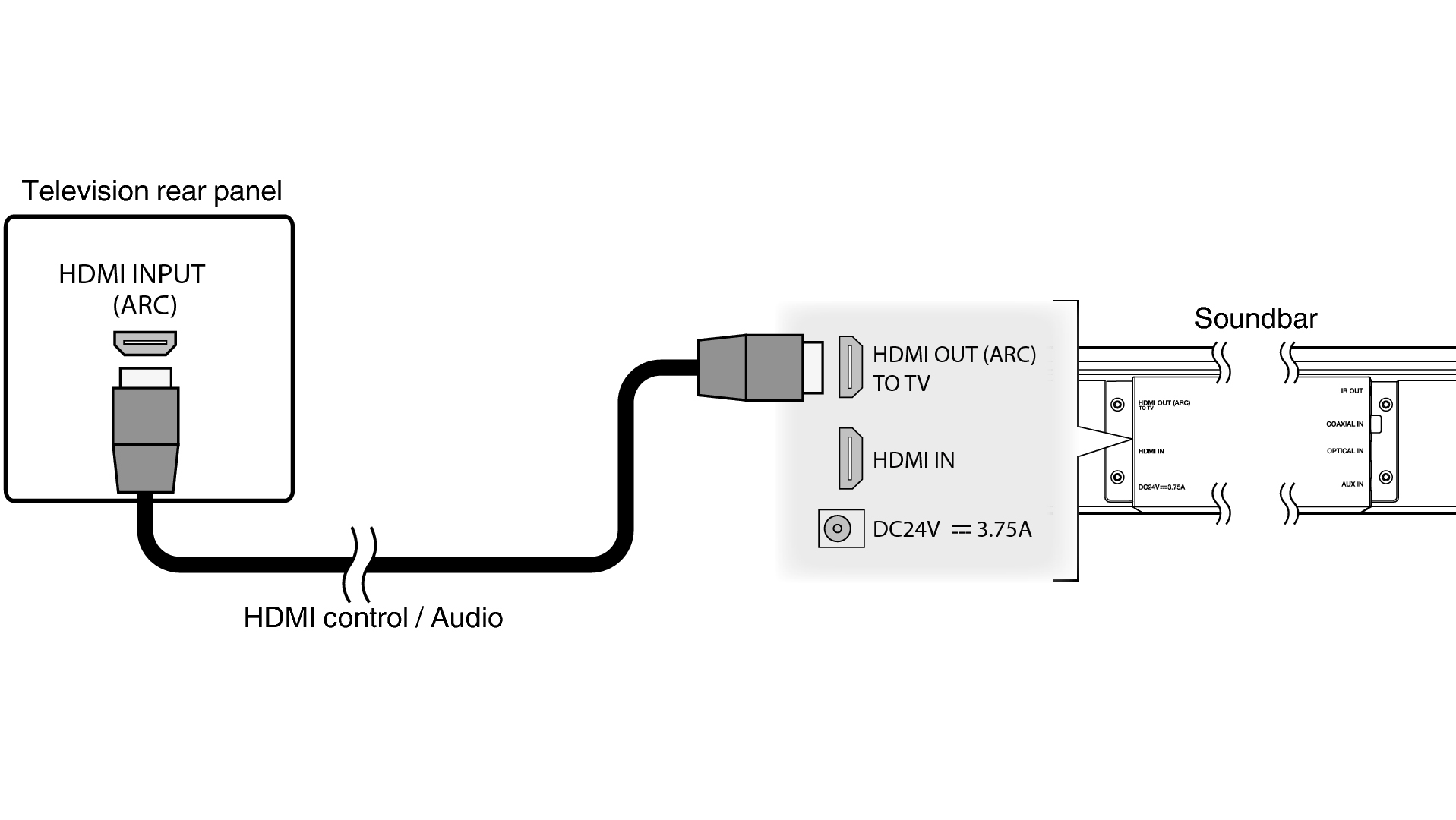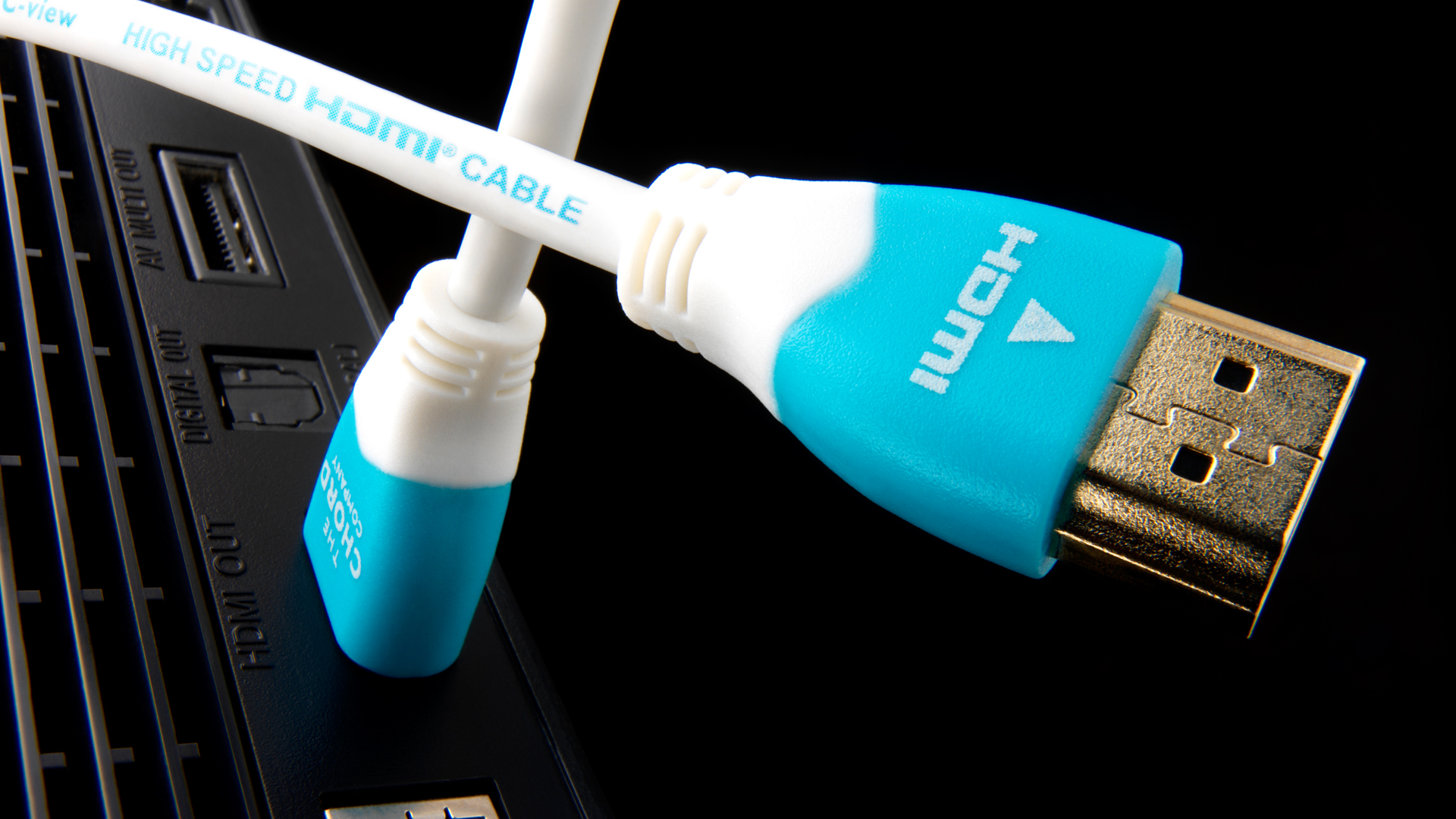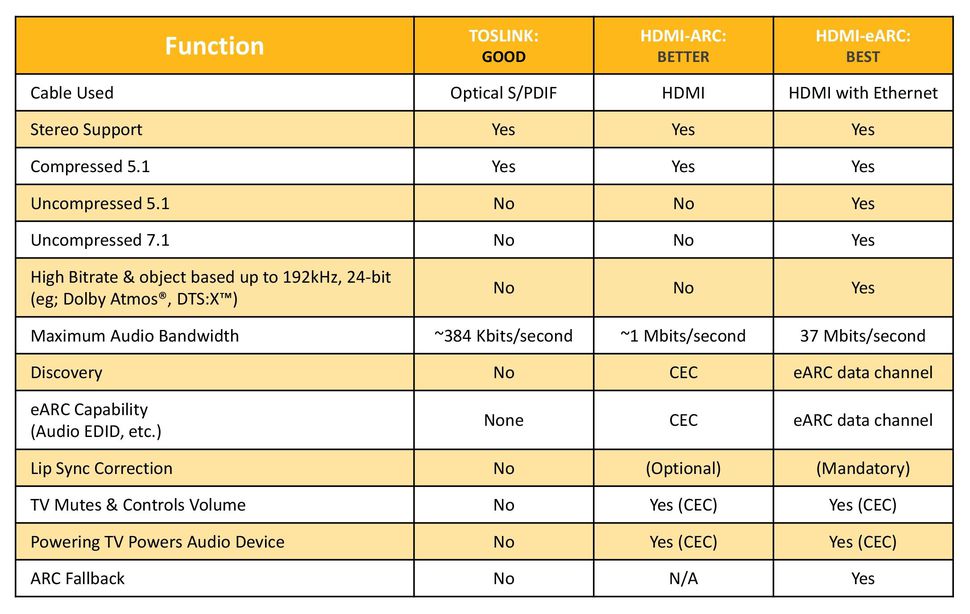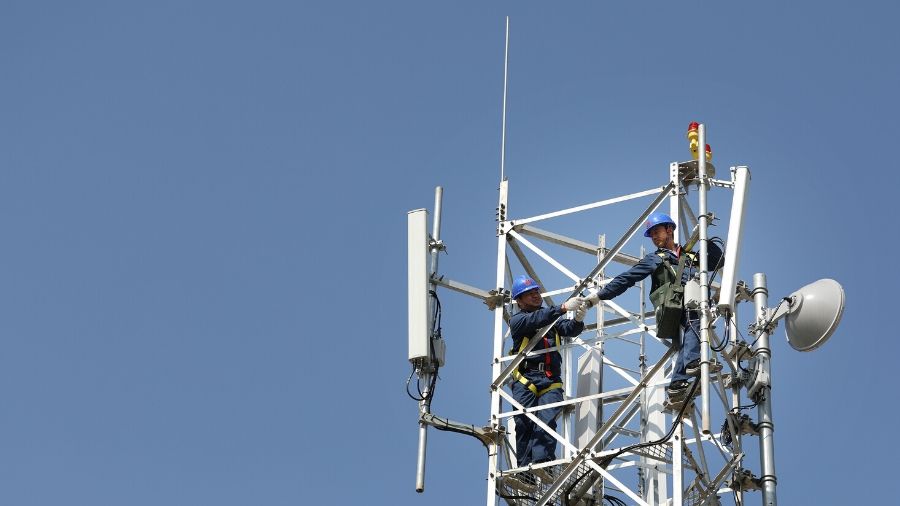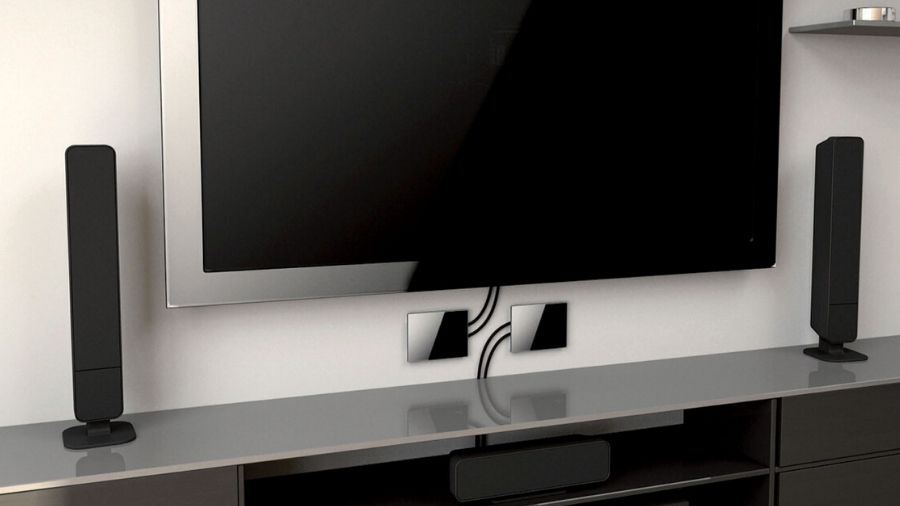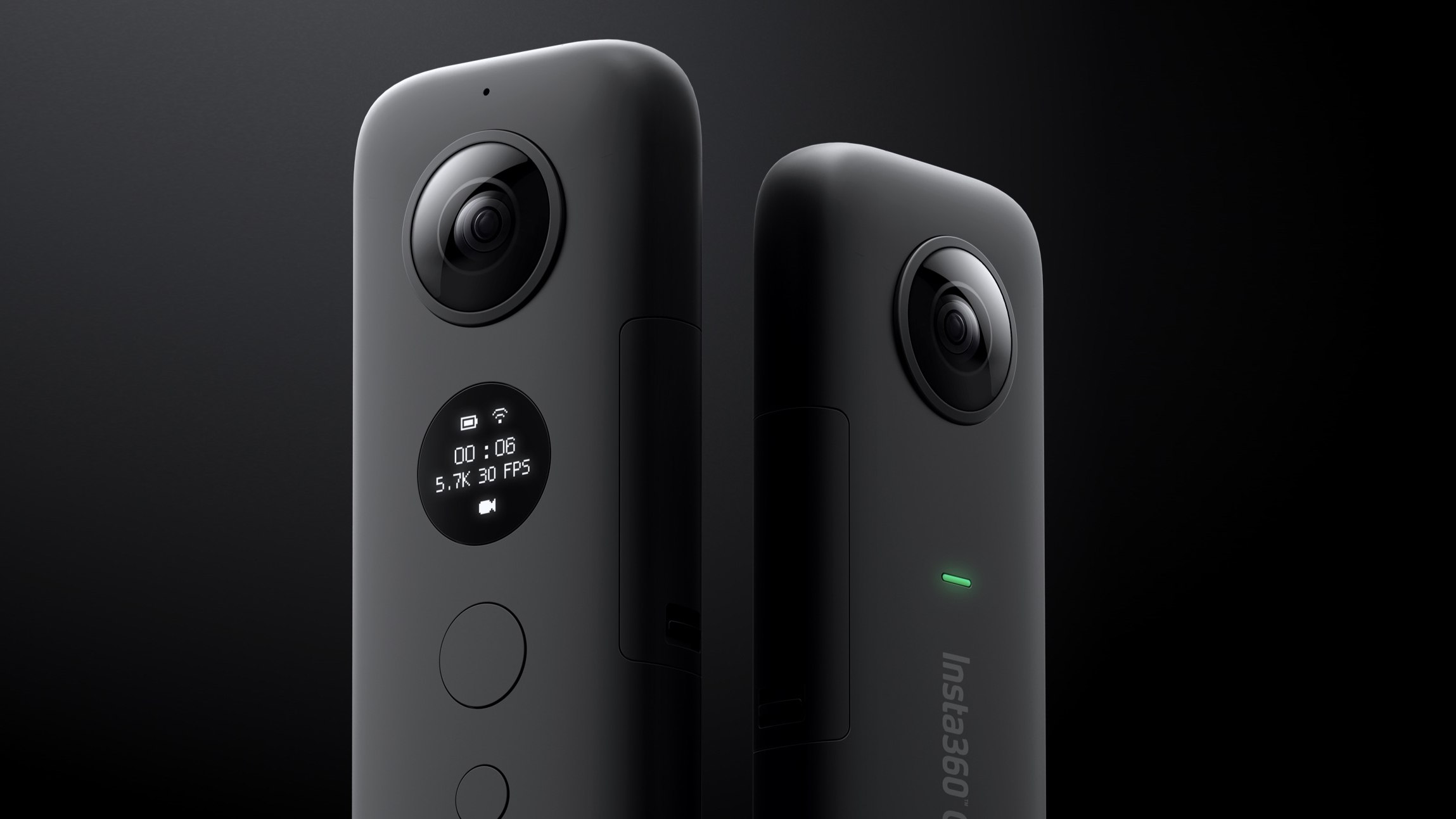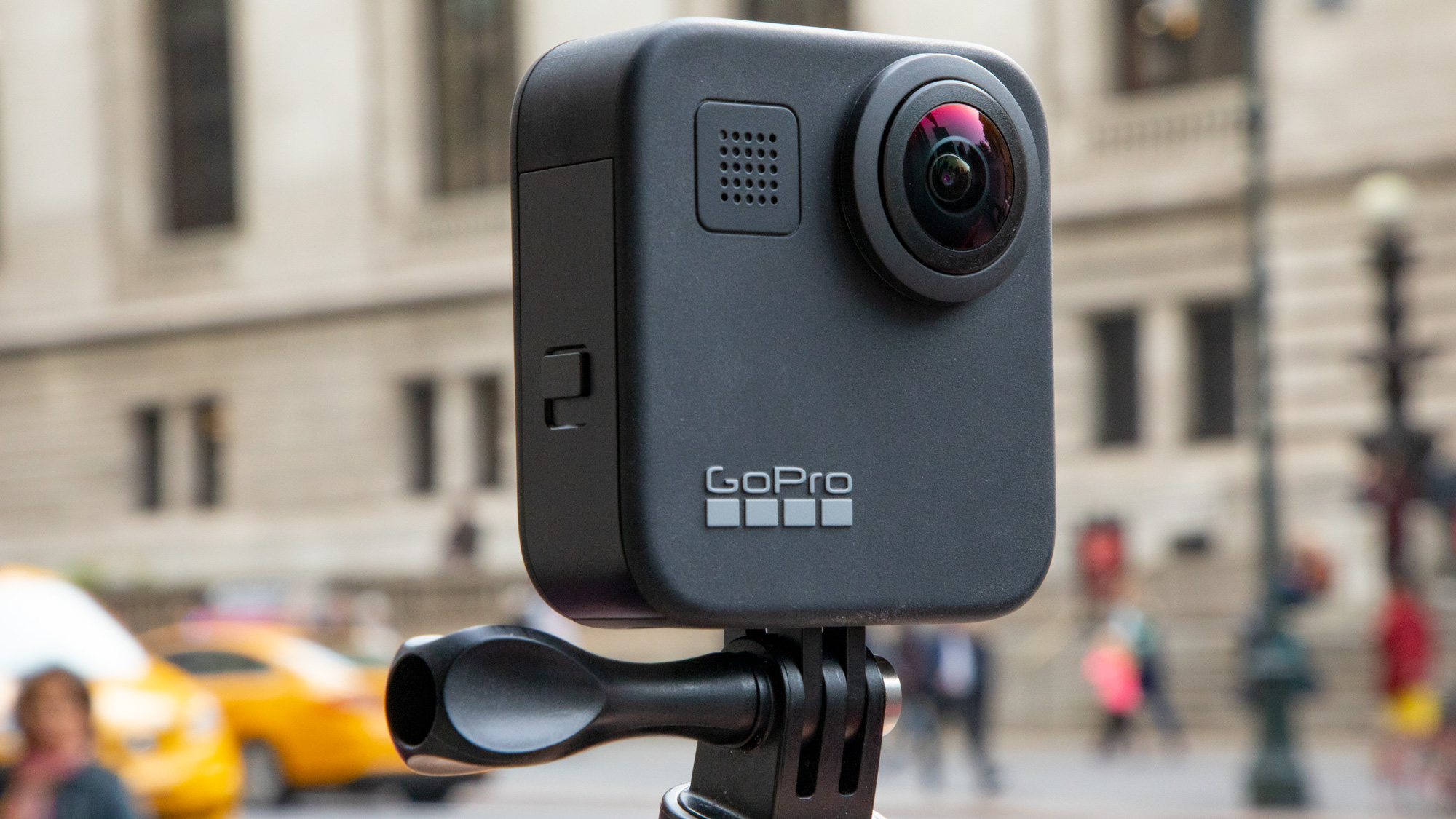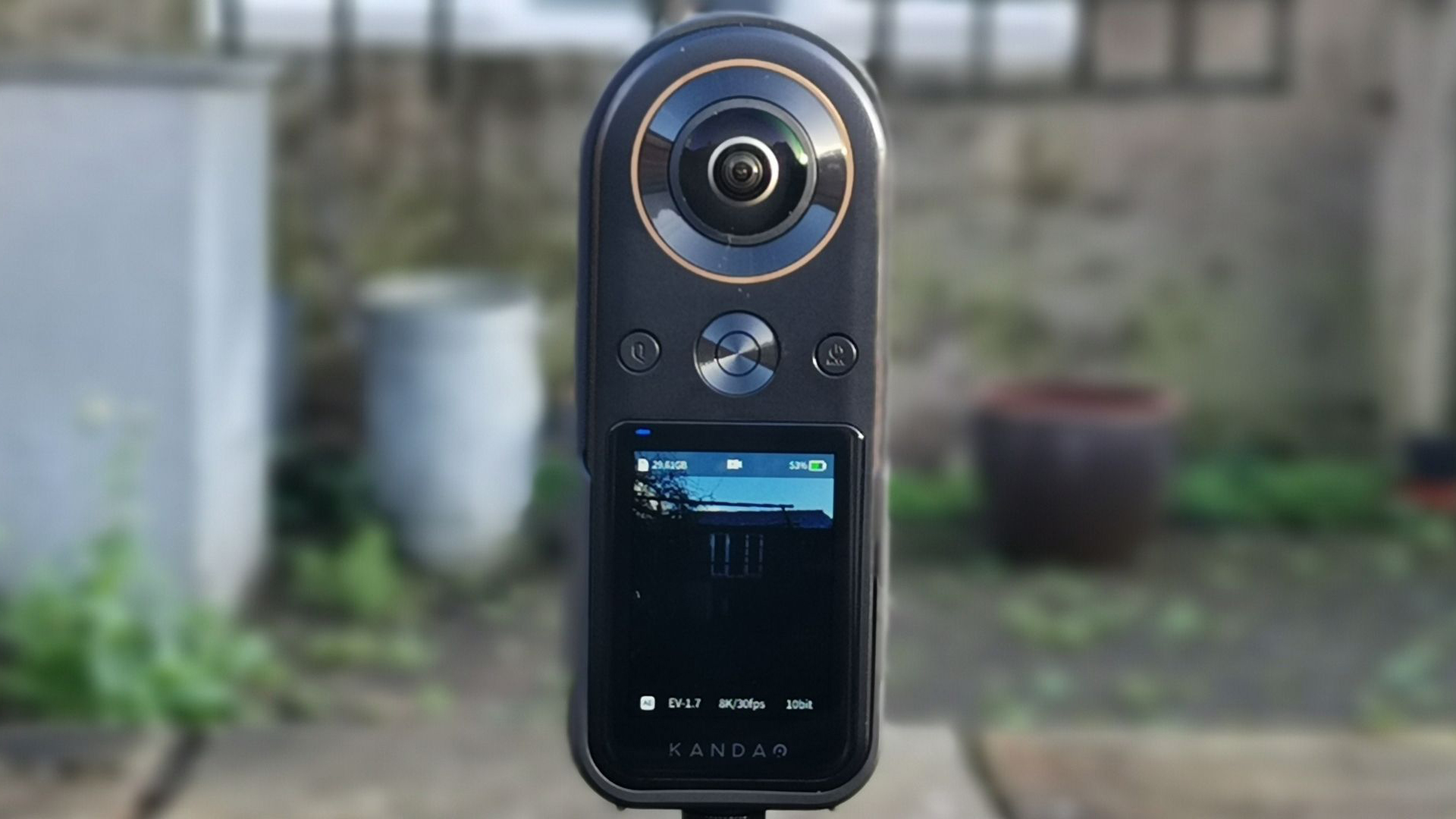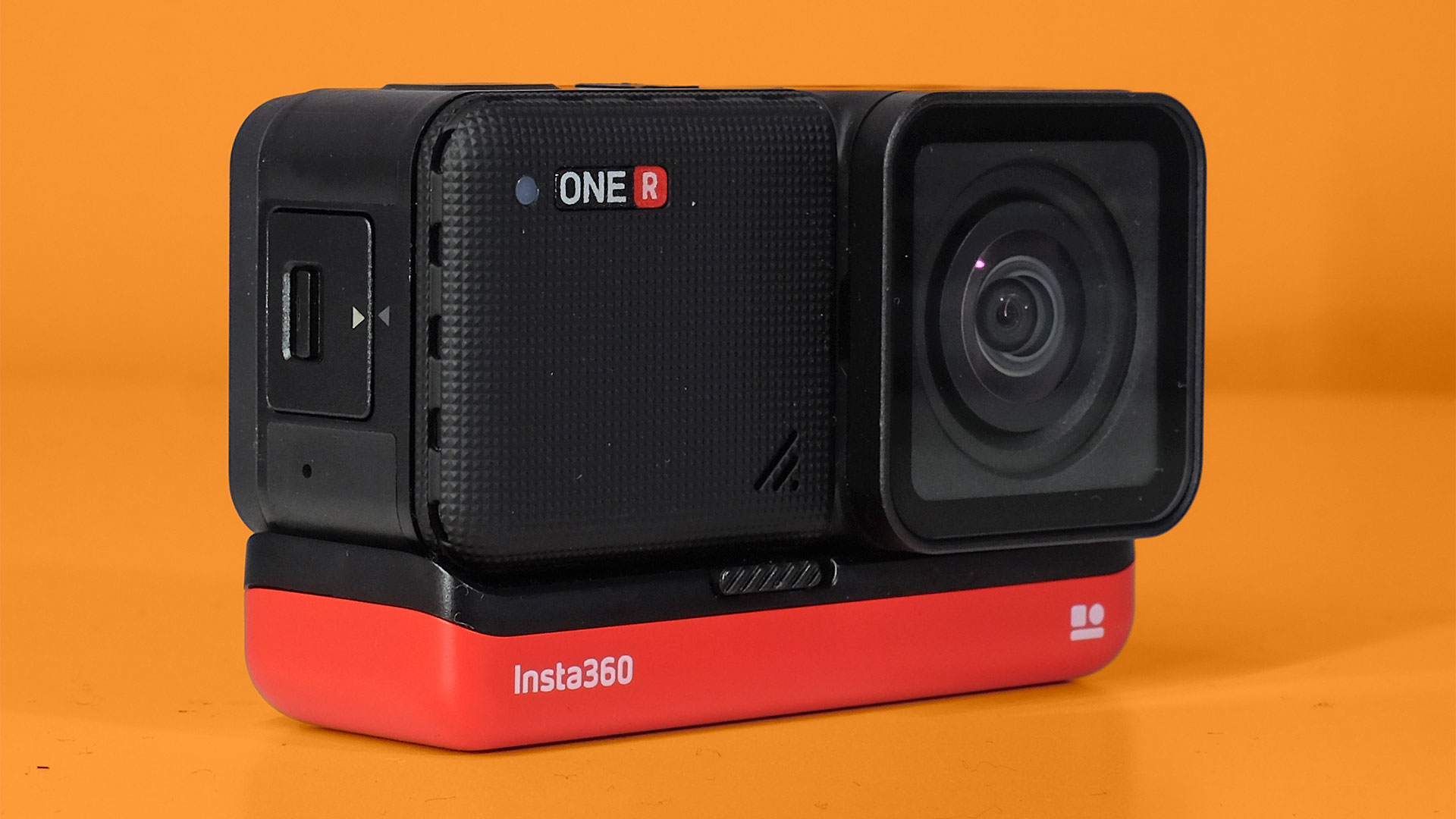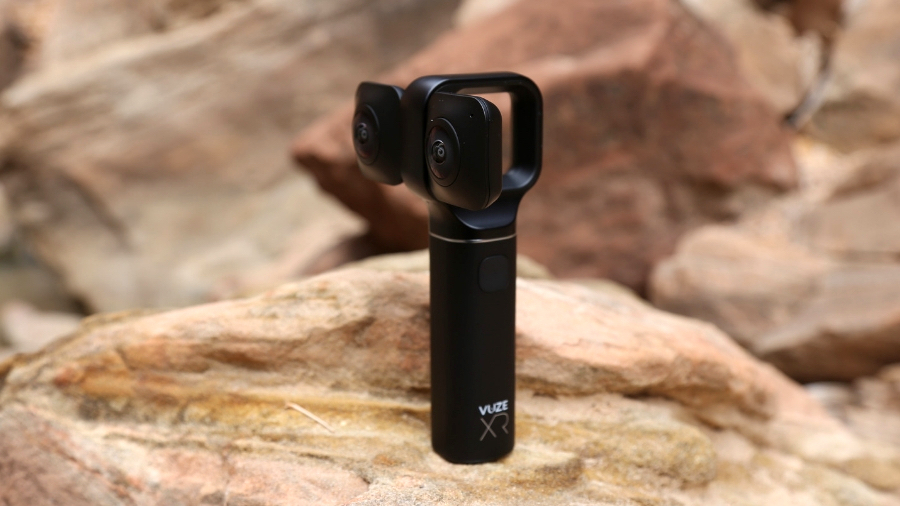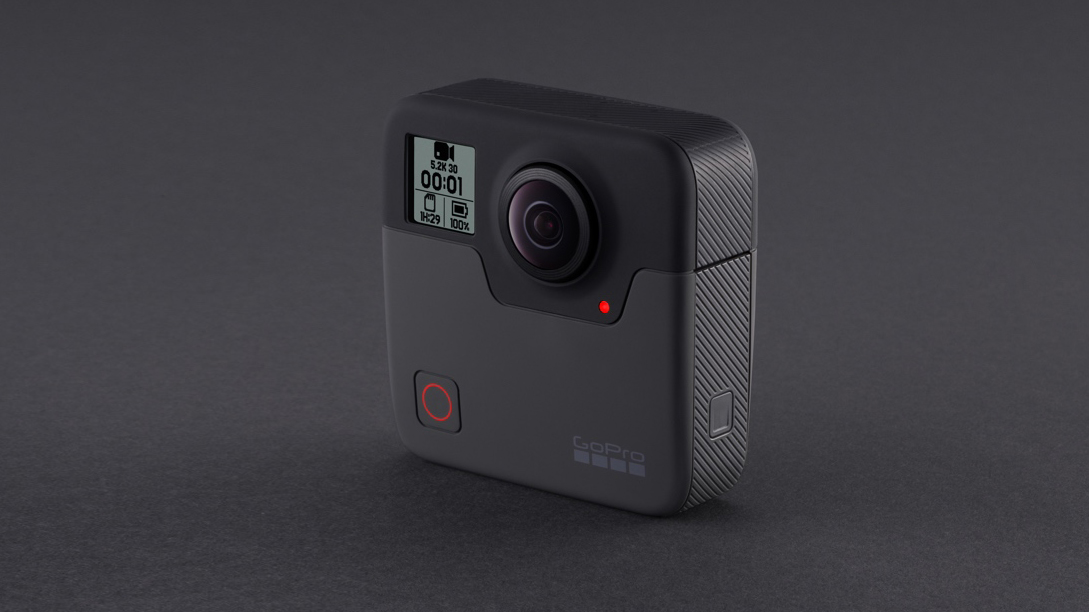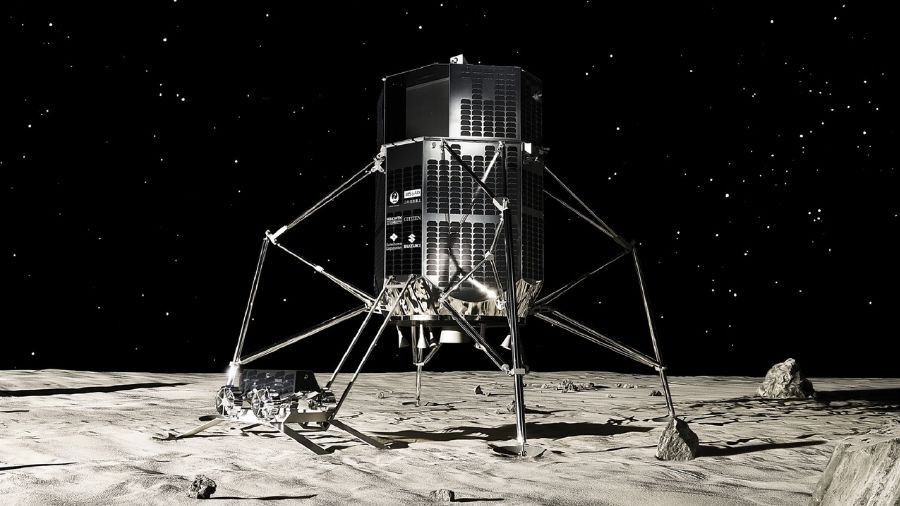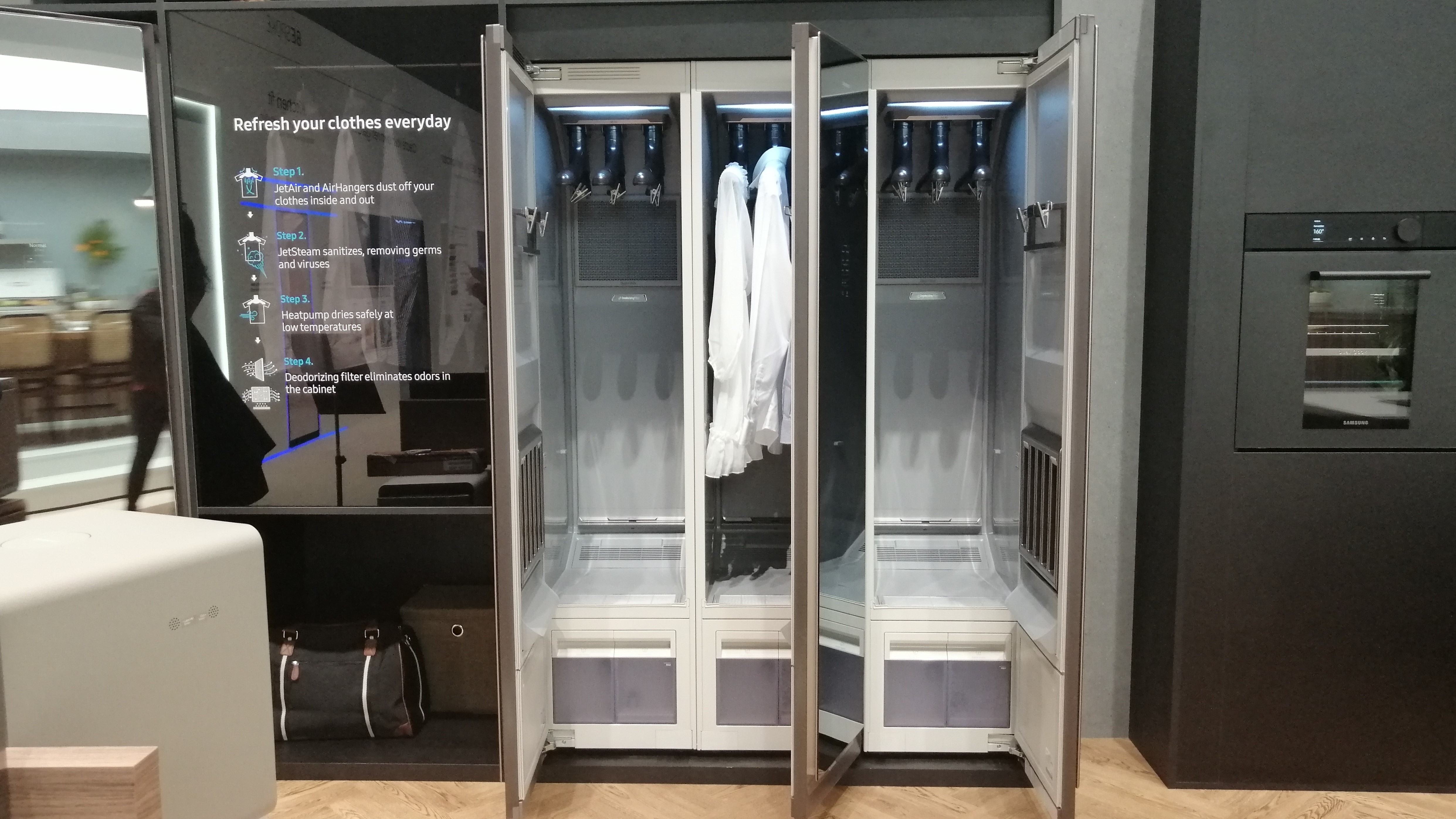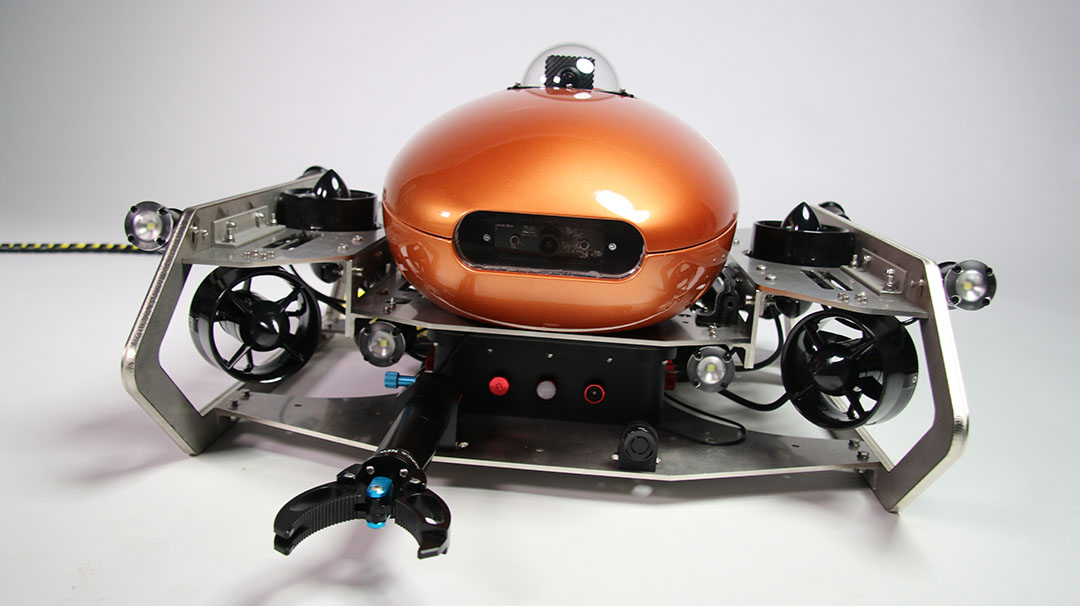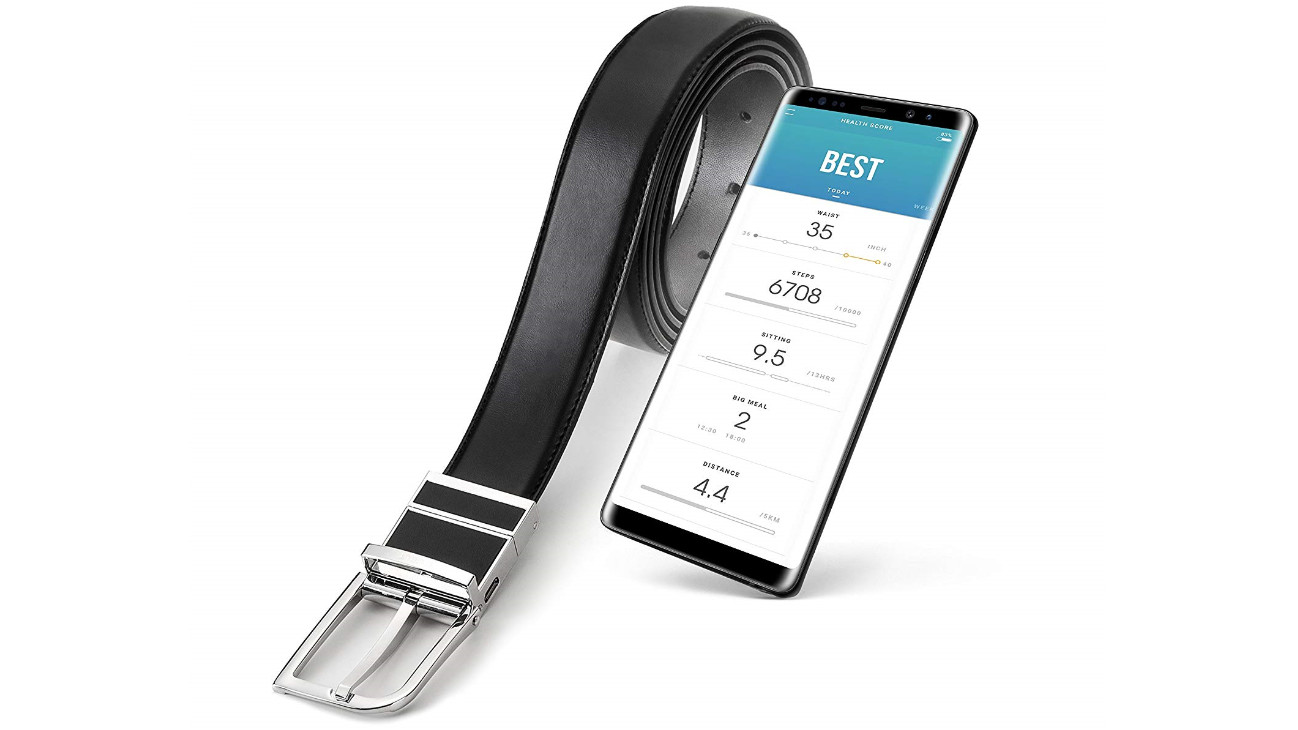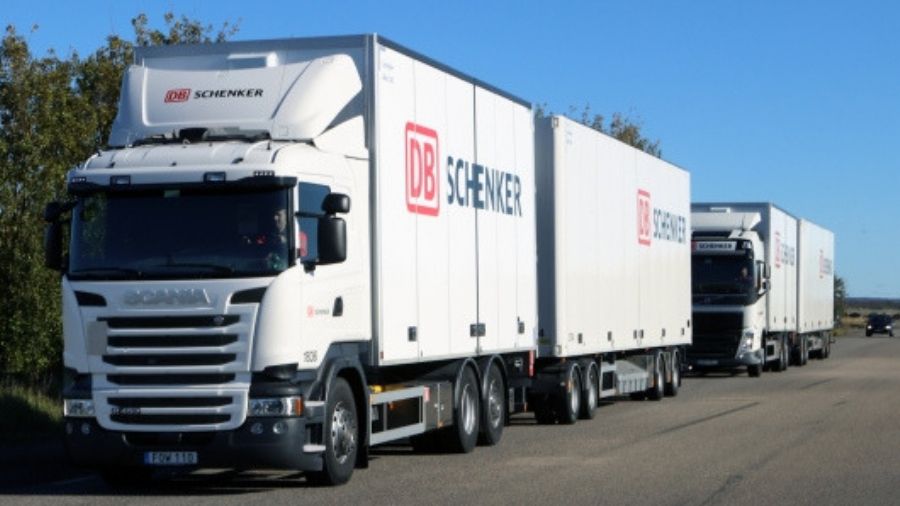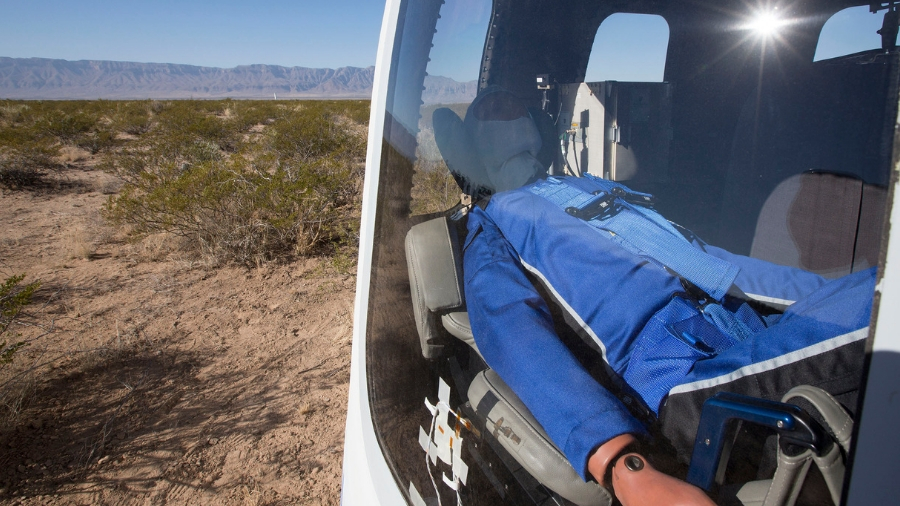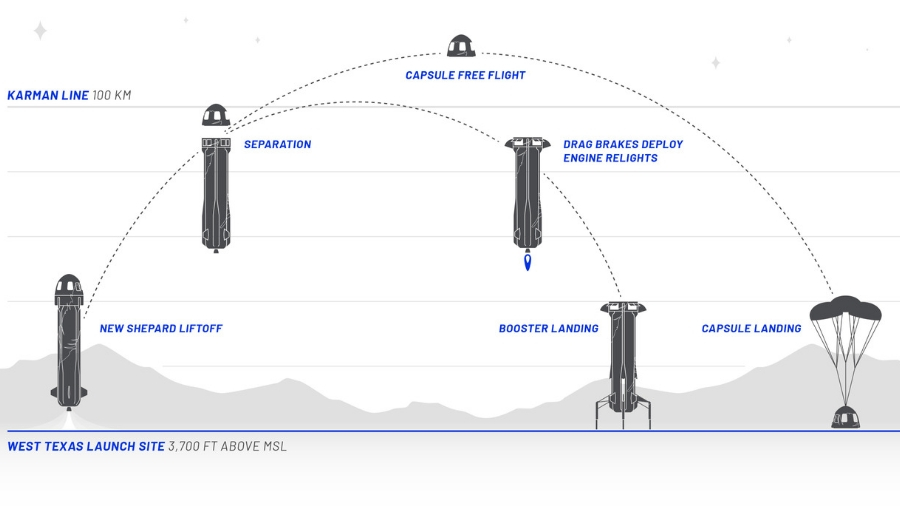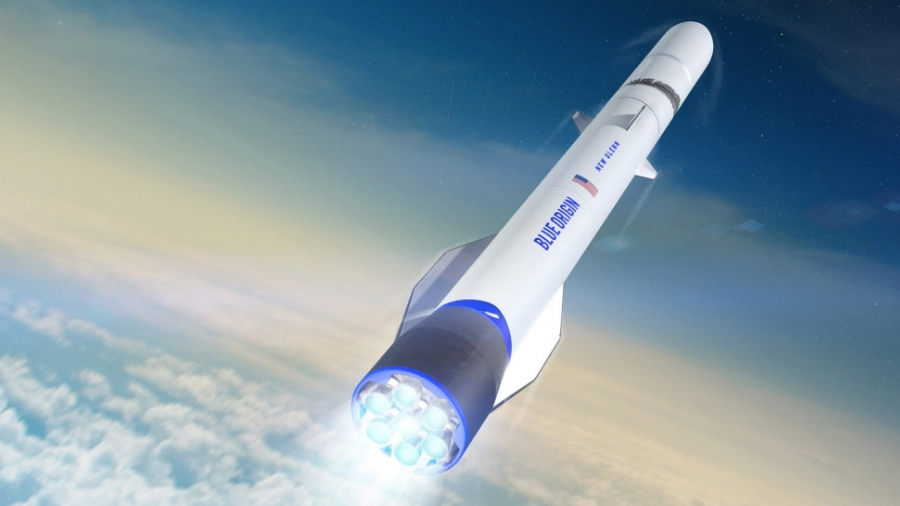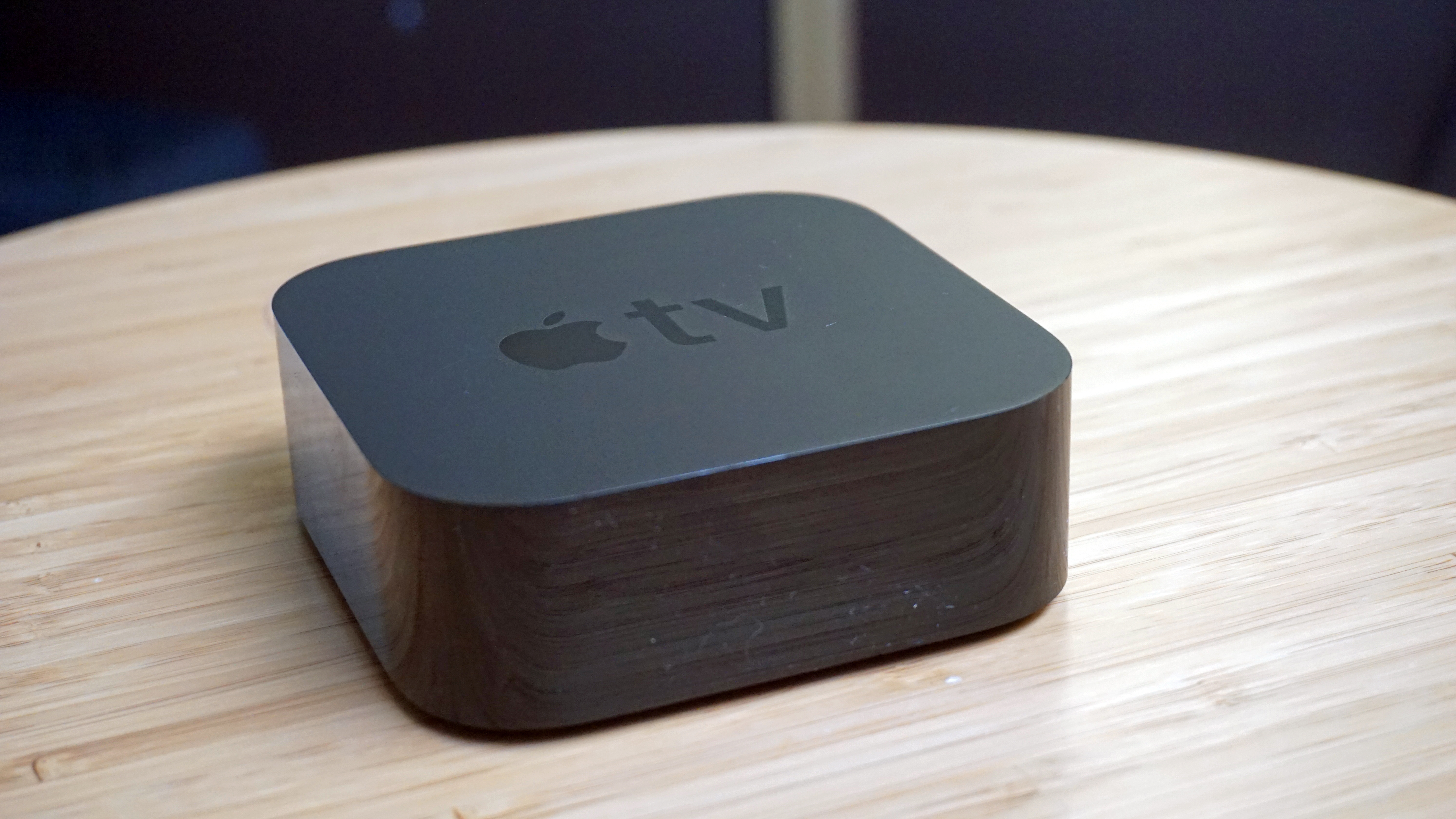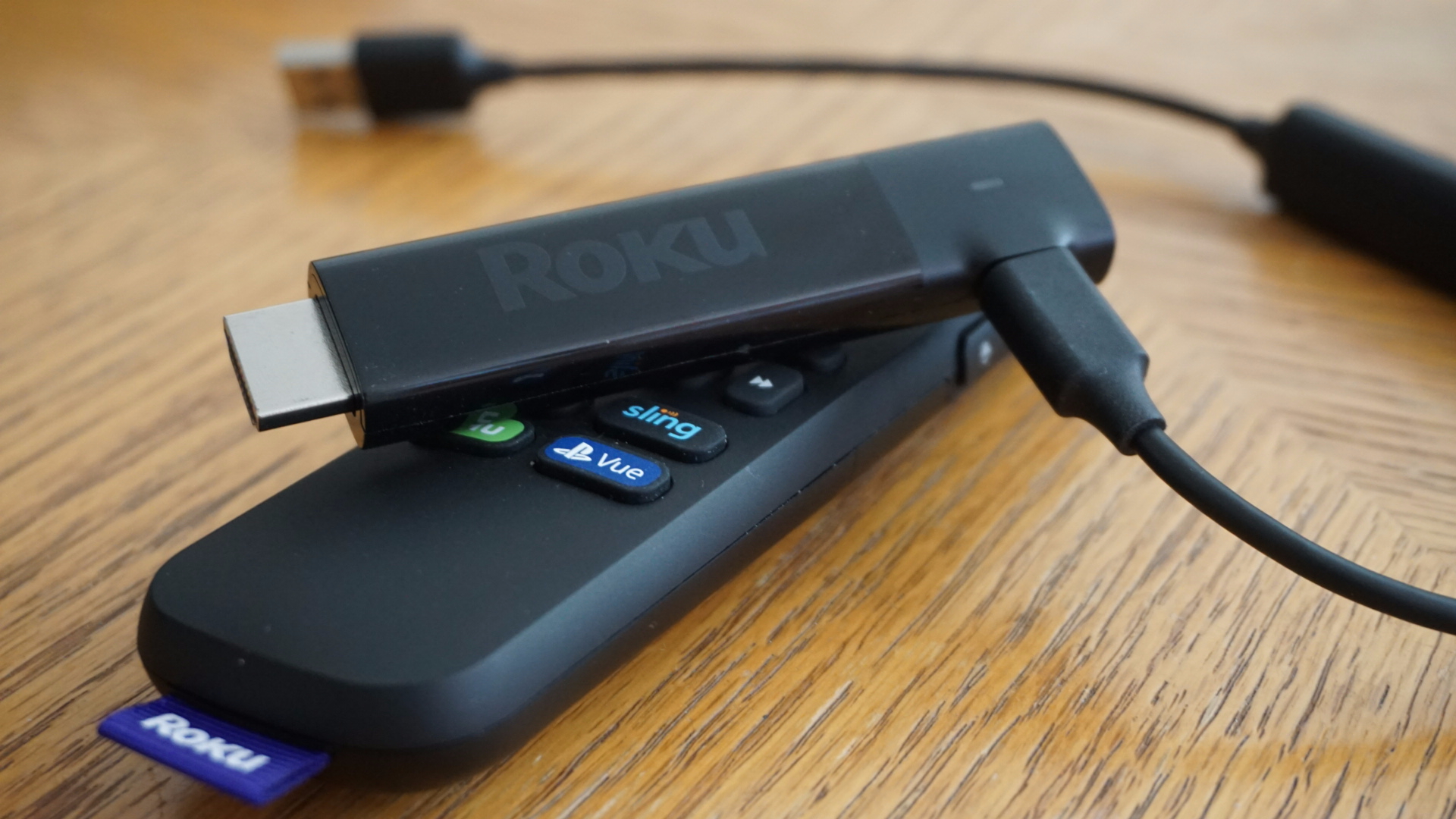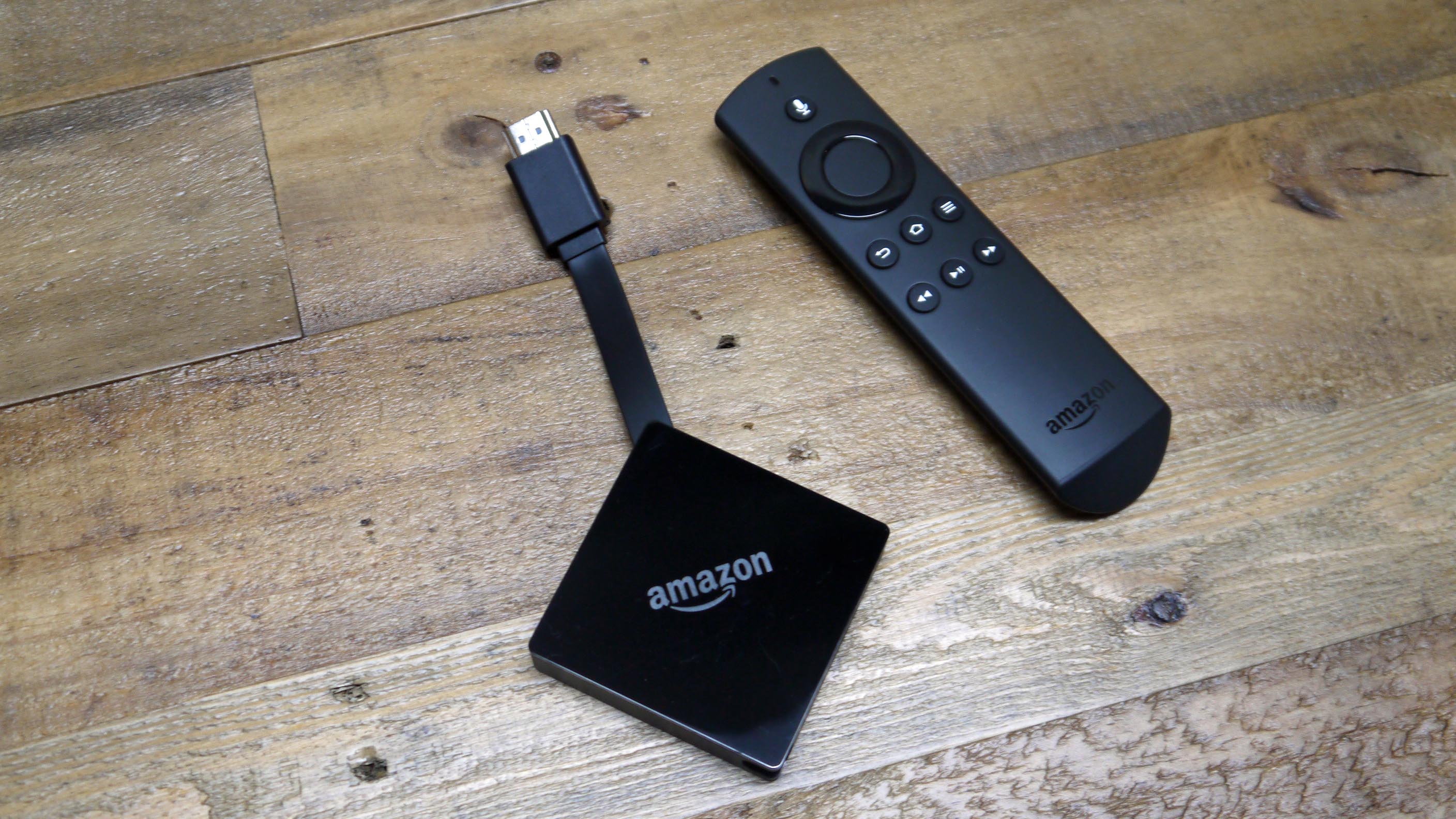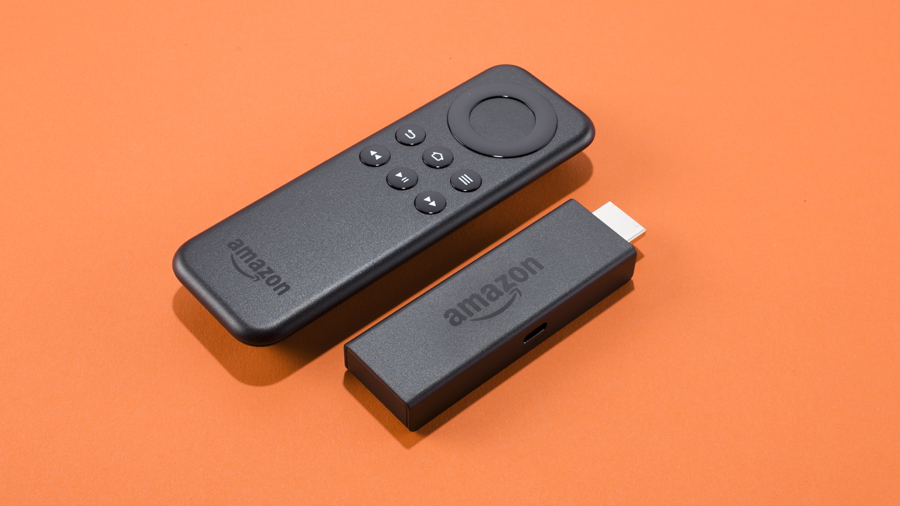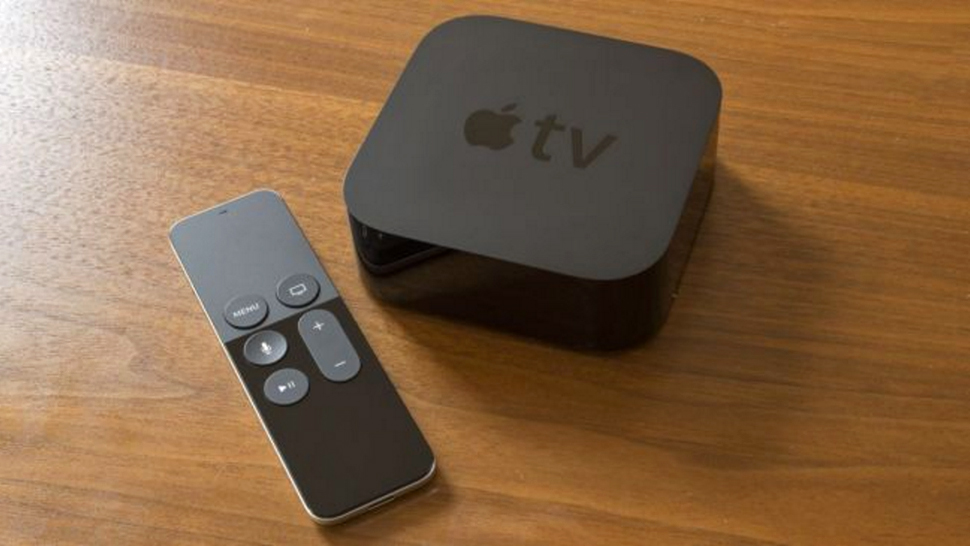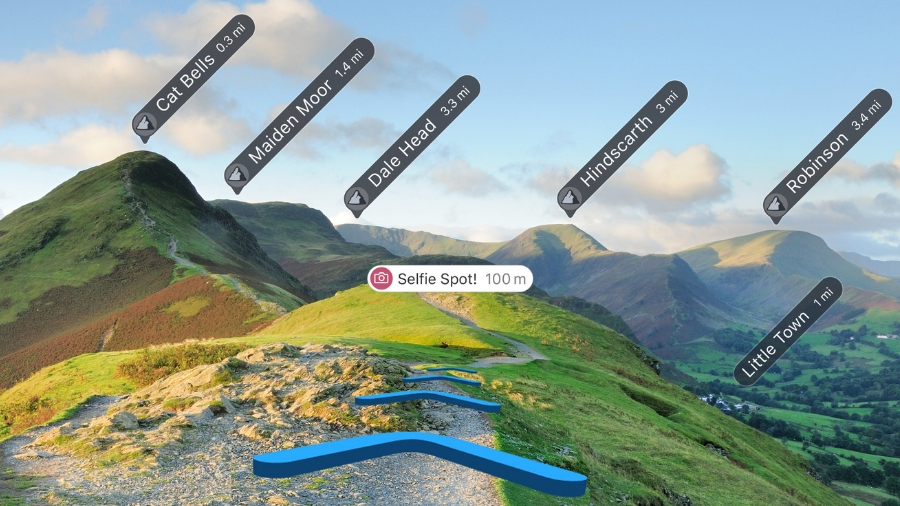TVs used to be little more than small square boxes. Now they’re large rectangles – probably flat, though maybe even curved – but what comes next? The year’s biggest TV trade shows are always packed with prototypes that seek to define what the future holds, though very few of the (often wacky) showpieces ever make it to the production line.
So how could TVs change in look or function in the next decade? We spoke to a number of top industry analysts – and cast our minds back to trade shows of years gone by – to gauge what the next-gen TVs of tomorrow could look like, and what they’ll do differently to the TV displays of today.
“My guess is that TV as furniture becomes more important – if you are really going to move to even larger screens then they have to be less obtrusive,” says Paul Gray, Research Director, Consumer Devices at independent analyst and consultancy firm Omdia.
Gray’s own take on a future kind of TV is a plastic display that can be unrolled and put on a wall like wallpaper. “I think that if it was cheap enough, a display that only lasted two years would be conceivable – like replacing a light bulb in the old days – but it’s a total rethink from where we are,” he says.
- These are the best 65-inch 4K TVs you can buy
Deloitte predicts that by 2030 it will be possible to get a third of the price off a TV in exchange for the authorisation to share viewers’ watching habits, and that TVs will get impressively big.
“A decade from now people will continue to seek-out high production value content, and will still want to watch this on large screens, up to 100 inches in size,” says Paul Lee, global head of technology, media and telecommunications research at Deloitte.
“Living rooms will be designed to accommodate ever larger screens, and more households will be able to afford larger TV sets as manufacturers will offer a cheaper price for the authorisation to share people’s viewing habits with advertisers. Many will have accepted the trade-off for their data in order to get a better quality screen.”
A re-think of what a TV should do, look like and behave is always on the cards if the last CES 2020 was anything to go by, with the major TV brands unveiling everything from rollable and rotating sets to modular and super-massive displays.
What sticks and what gets forgotten is never known too far in advance, but either way we’re entering an era of ‘personalised viewing’ writ large. For now, here are six next-gen TV designs that could pave the way for the future of television.

1. LG's rollable OLED TV
Likely to cost US$60,000 and reported to go on sale during 2020, LG Display has been touting its rollable OLED TV for a while now.
The big new trick with this 2020 version is that it unfurls from the ceiling, which is effectively saying that, yes, everyone really wants a big-screen home cinema … but not a projector. “It’s 2019’s gimmick warmed up,” says Omdia analyst Paul Gray, who rightly suggests that you could buy a Porsche Cayman for roughly the same price instead.
Read our hands-on LG Signature Series OLED R review
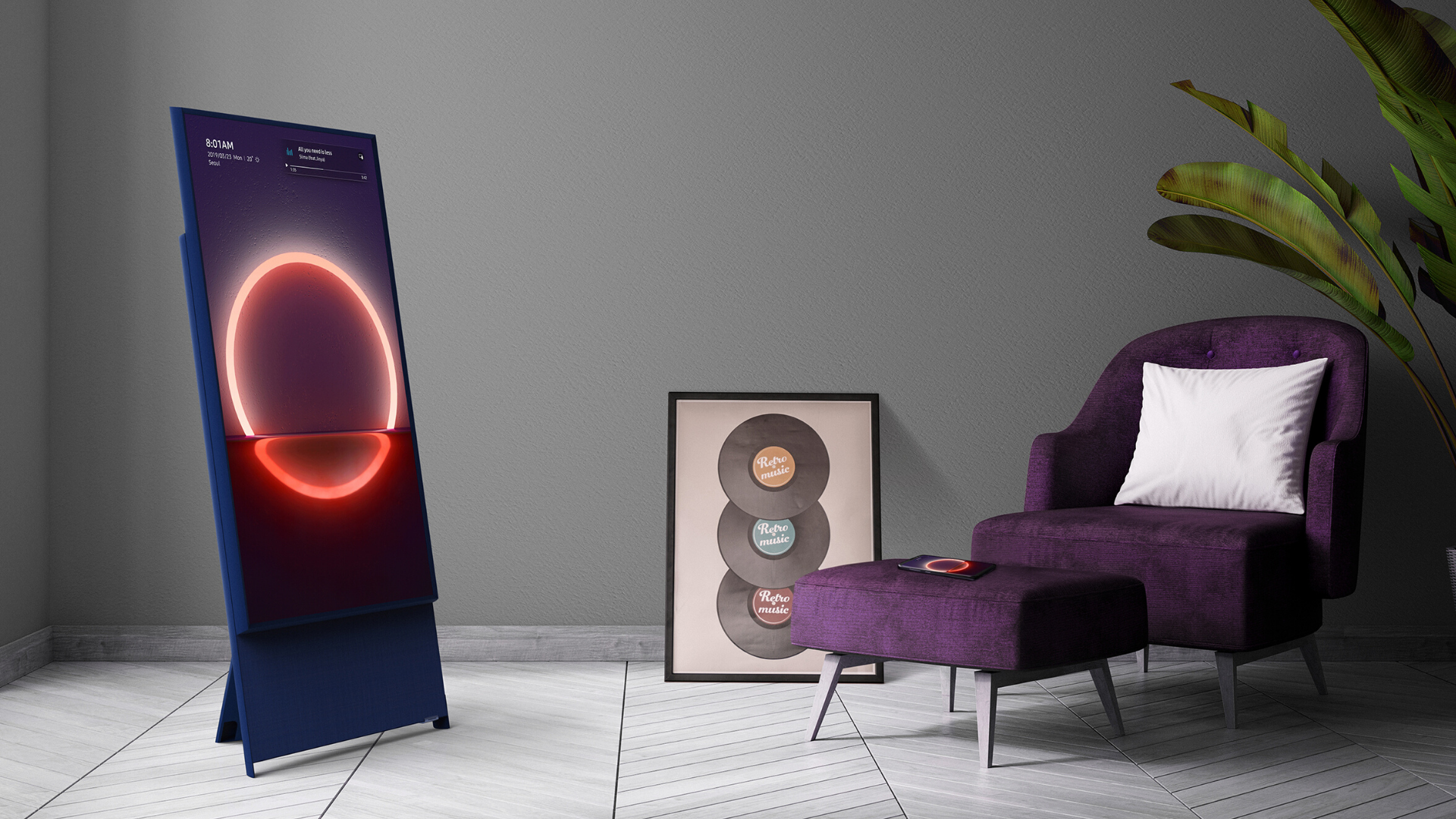
2. Samsung Sero TV
Everyone’s embracing vertical video, so why not swivel a TV like a smartphone? We can think of dozens of reasons why not, but Samsung’s TV engineers nevertheless think that people might want a TV that rotates. Cue the Samsung Sero – the name translates as ‘vertical’ in Korean’ – a concept TV unveiled at CES 2020.
Its ability to change in orientation from landscape to portrait at the touch of a button (or by re-orientating a synced Samsung Note 10) is Sero’s special skill. “Vertical video is by definition handheld, quick, and a snack,” says Gray, referring to vertical video’s usual use for very short videos. Aiming at $1,600 / £1,230 / AU$2,300 TV at TikTok-obsessed Gen Z’s might sound a bit odd, but Sero does at least boast a built-in 60W, 4.1 surround sound system.
Read our hands on Samsung Sero TV review
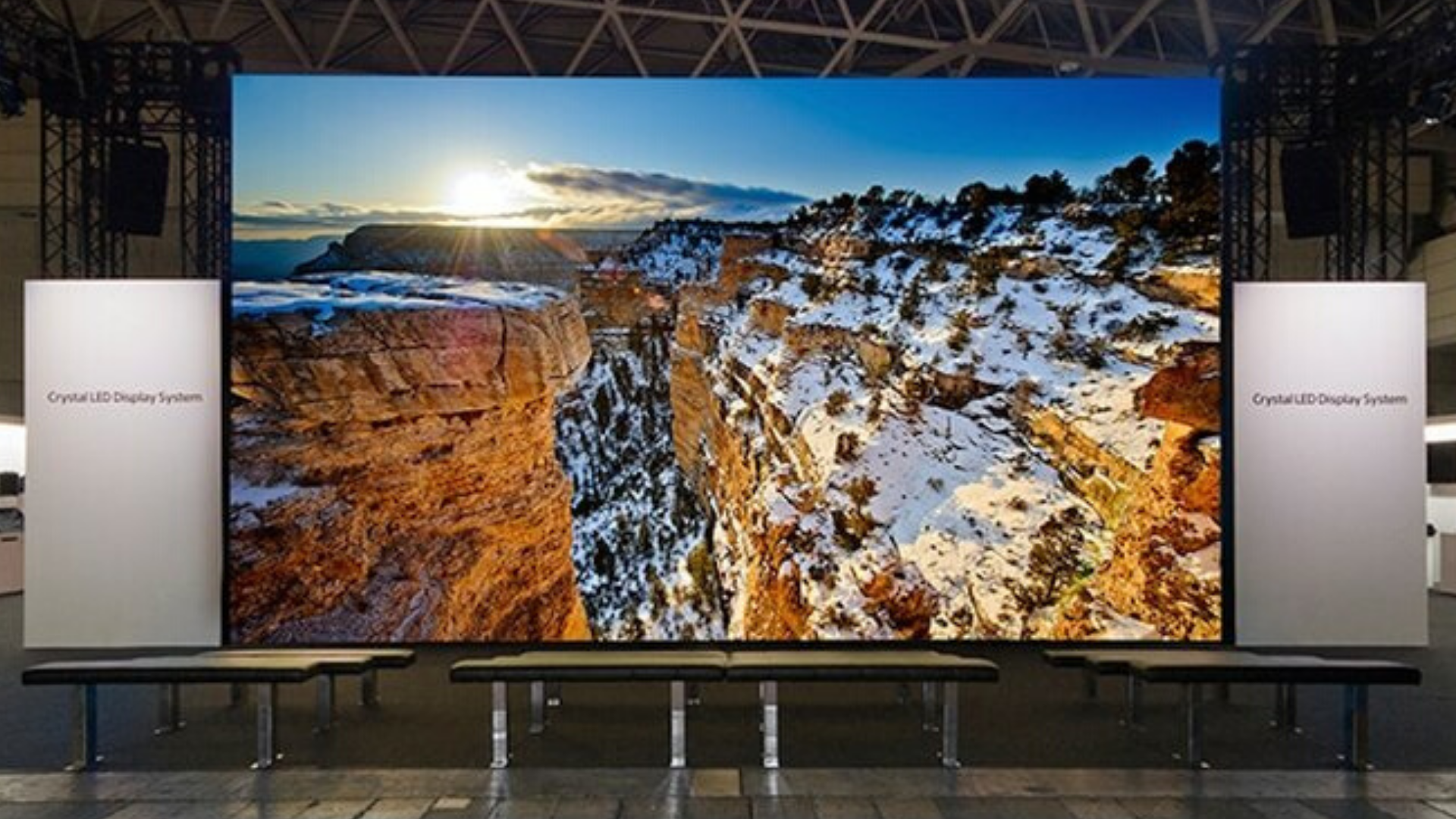
3. Sony's super-size Crystal LED TV
Everyone wants a bigger TV, but 790-inches? Firmly in video wall territory, here’s a TV that you can buy like you would a laptop, specifying the size and resolution depending on room size and budget … though you’ll need plenty of both.
Sony's Crystal LED display – which has ultra-fine micro-LEDs inside that are 100 times smaller than on your average LED TV – demands a big space. It’s sold as a full HD resolution 110-inch screen, a 4K version in 220-inch, an 8K resolution 440-inch, and as a whopping 16K resolution 790-inch ultra-monster screen.
As a bonus, the Crystal LED TVs reach 100 cd/m2 brightness, 1,000,000:1 contrast ratio, refresh in 120 frames per second, and have a viewing angle of 180 degrees. Sadly, they cost over US$5 million.
Read more about 2020 Sony TVs
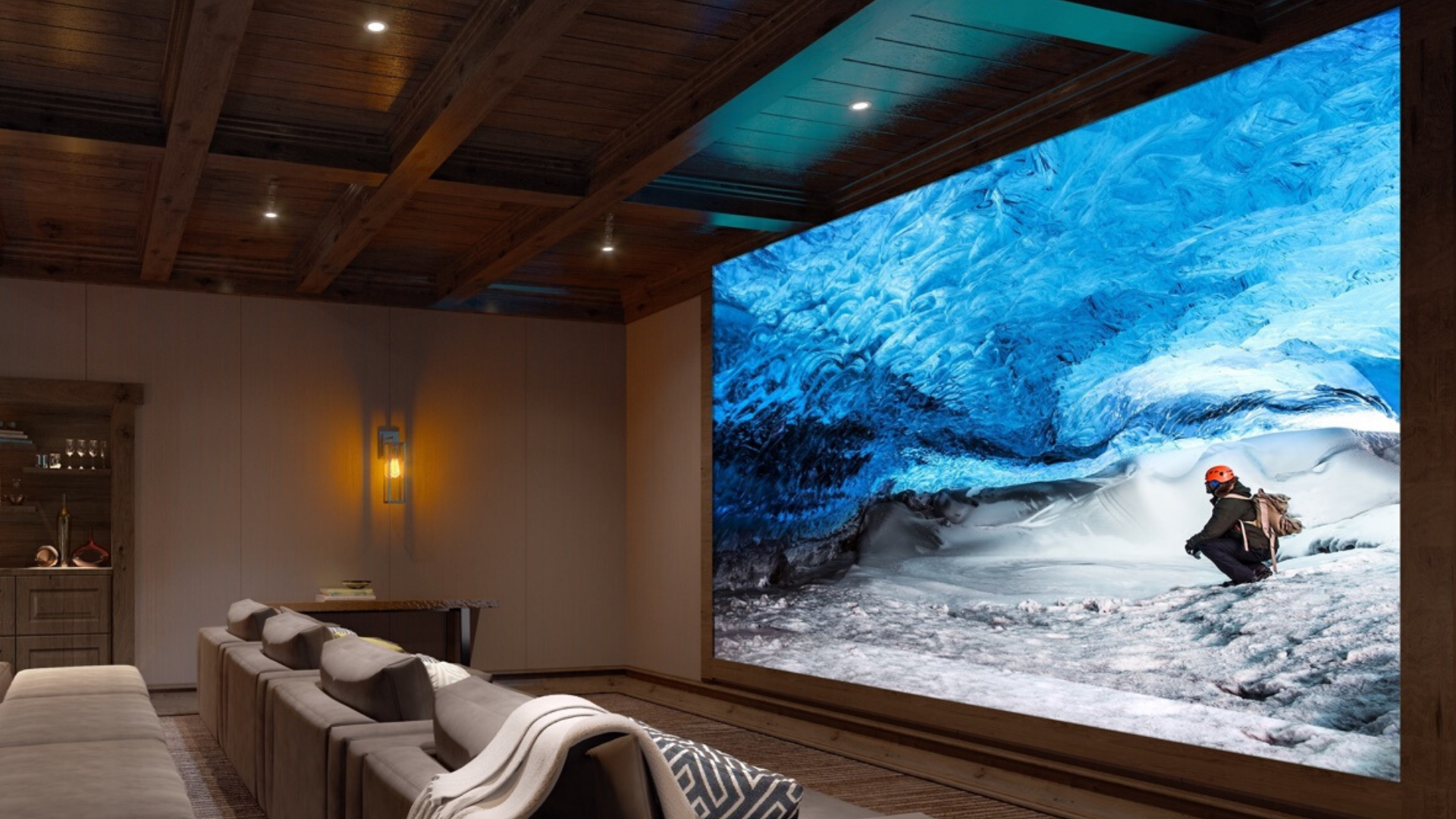
4. Looking Glass Factory holographic TV
Holograms, yes. Just like you always wanted. The trouble with holograms is that you have to have something to project light onto; thin air is no good. Cue Looking Glass Factory’s extra special holographic 32-inch TV.
Debuted at CES 2020, it achieves volumetric, stereoscopic 3D-dimensional holograms in 8K resolution by placing a second glass screen in front of the first. As well as 33.2 million pixels, it’s also got a 45-element light field display, so a bunch of people can get a 3D image from virtually anywhere in front of it, and even get a different view from 45 separate positions. It flashes up those images at 60 frames per second.

5. TCL’s 8K Vidrian Mini-LED TV
This one’s all about picture quality, but have you ever heard of Mini-LED TV tech? Everyone in tech knows that LED and QLED are not as impressive, picture quality-wise, as LG’s OLED technology, so there’s a push among the (non-LG) TV manufacturers to come-up with something similar, but more affordable.
Cue Mini-LED – a technology that replaces LED clusters in a display with thousands of tiny backlights in the glass substrate of the panel, each of which can be individually controlled. The end result is a wider contrast ratio and deeper blacks.
For now, it’s all about Chinese TV maker TCL. At CES 2020, TCL unveiled an 8K resolution Mini-LED TV concept called Vidrian that combines Quantum Dot tech with LCD tech and boasts 25,000 micro-metre LED backlights.
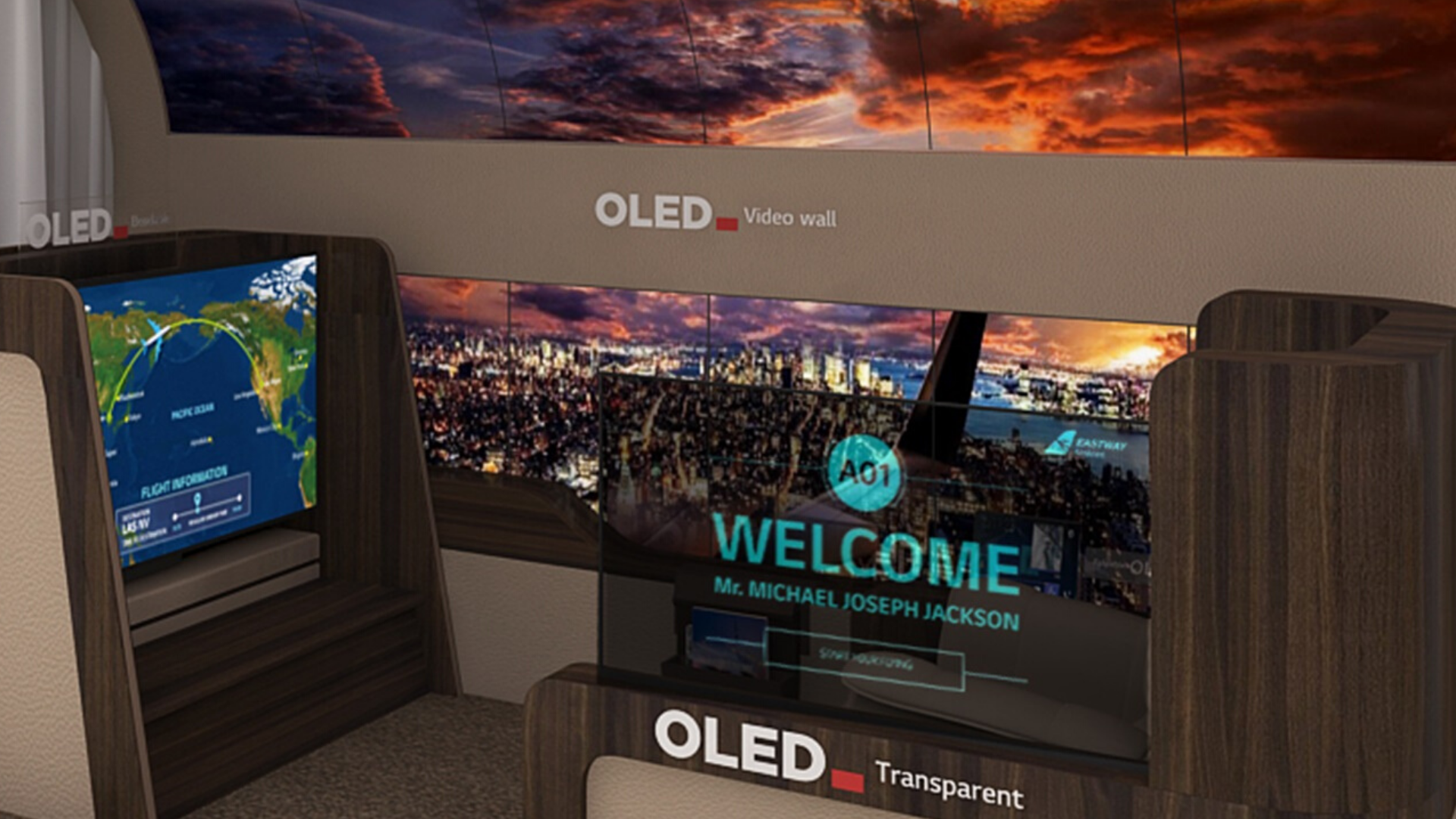
6. LG's bendable video walls
If we all want bigger, flatter TVs, and ultra-detailed 16K resolution is already possible, then perhaps it’s video walls that are the future of the TV.
At CES 2020, LG Displays – already touting its standard video walls – debuted a bendable OLED TV concept designed to upgrade the in-flight experiences for first class airplane passengers.
These OLED video walls, made of a series of 65-inch bendable OLED displays installed on the wall of a plane, were accompanied by transparent plastic ‘POLED’ screens to use as cabin dividers. Tiled TVs – with each tile offering different content to different viewers – could be the future of TV in a busy home… but we also might not want it.
“I’m not big on the tiled screen concept – it’s horribly distracting, and what do you do about the audio?” says Gray. “Personalised viewing is definitely the trend, but this is the wrong way to do it.” LG Display says its airline cabin concept is about creating more openness in the narrow space of an enclosed space, but if you’re after that kind of thing, the transparent Airbus Concept Cabin is just as arresting.
Read more about 2020 LG TVs
- What are the best TVs, bar none?
